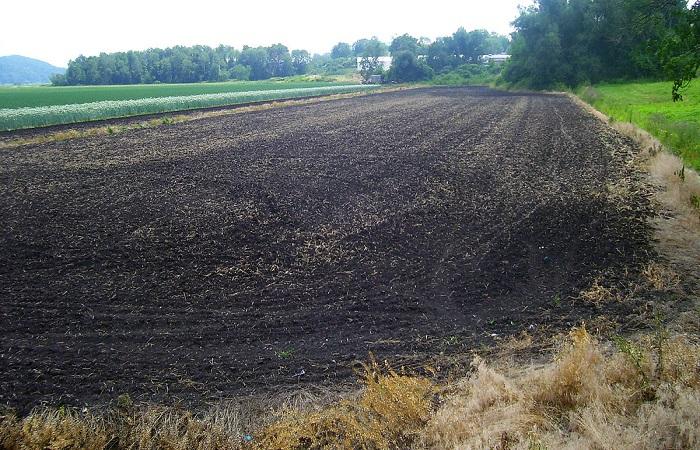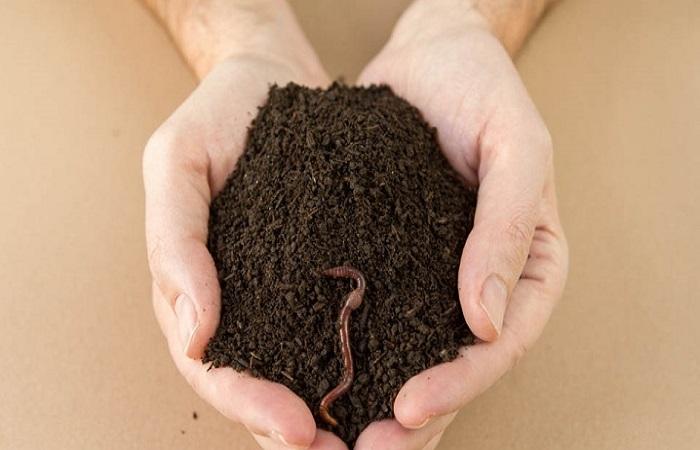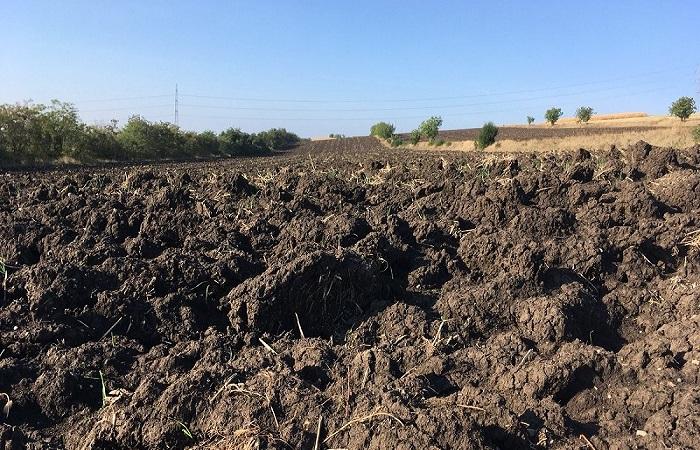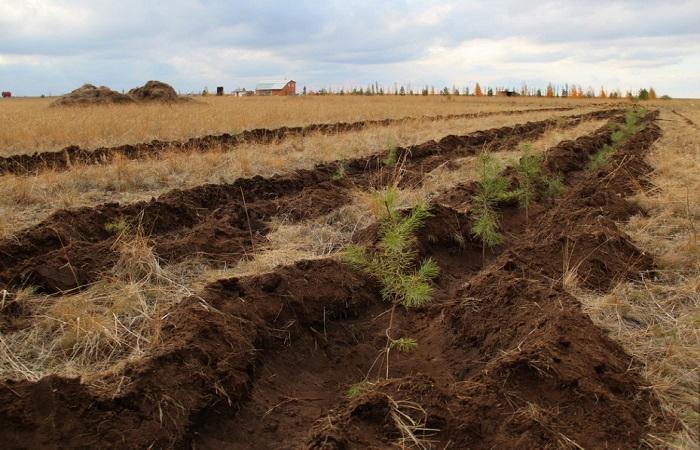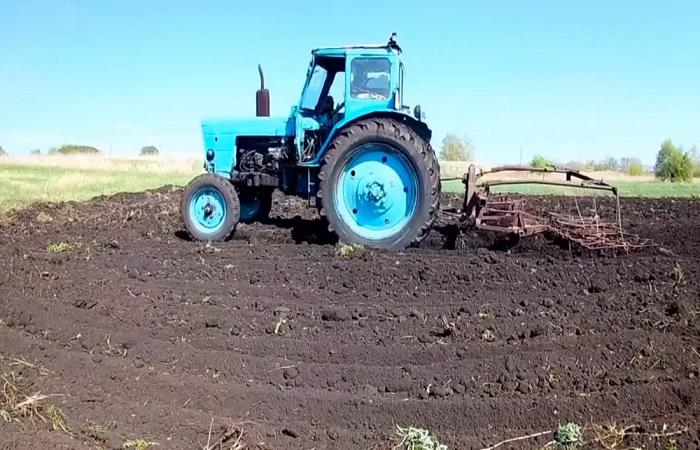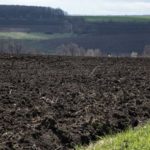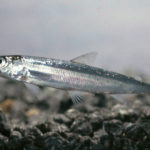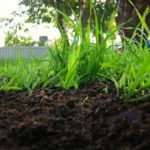The leached type of chernozem is formed in forest-steppe zones. It is predominantly localized under meadow steppe vegetation and has a wide distribution. This type of soil may contain up to 10% humus. The soil is considered very fertile, but it requires additional feeding with potassium and phosphorus. The soil can be used for growing vegetable and fruit plants.
Description and characteristics
This type of soil is formed under meadow steppes with cereals and herbs, which are localized in forest-steppe zones. Today, such areas are plowed almost everywhere.The topography of this type of chernozem alternates between uplands, in which erosion processes are significantly developed, and plains located in lowlands. The dominant soil-forming rocks include loess, loess-like soils, and heavy types of loamy soil.
The soil profile is characterized by the following morphological structure:
- The humus horizon is dark gray or grayish-black. It is characterized by a pronounced granular or lumpy-granular structure. The soil has a loose texture and a gradual transition. In this case, it is possible to determine the lower limit by the general browning or the formation of brown inclusions between tongues of humus.
- A humus horizon that is dark gray with a brown tint and has an uneven color. The structure contains brown or gray spots of humus and a fine-lumpy structure. When completely dry, a white powder may form along the edges of the structures.
- Transitional carbonate-free horizon, the thickness of which is 20-40 centimeters. It has individual humus tongues that are dark in color and small in width. This fragment is characterized by a lumpy-nutty structure and darker films. This part smoothly passes into the carbonate horizon.
- Illuvial-carbonate horizon, which is distinguished by its pale-brown color. It is characterized by a nutty or nutty-prismatic structure. The presence of carbonate fragments determines the lighter color of the horizon. Carbonates may be released in the form of powdery formations or pseudomycelium. The formation of shapeless marly spots is also possible. Carbonate deposits are observed at the bottom of the horizon. They are presented in the form of cranes.
- Carbonate rock with a fawn color.
There is no gypsum in the soil profile. There are also no easily soluble salts.In the top 10 centimeters of soil, the humus content is 6-10%. Its decline down the profile is gradual. In this case, the amount of humic acids exceeds the volume of fulvic acids.
At the top of the humus horizon, the reaction of the environment is neutral or as close as possible to it. Only at the bottom of the humus horizon is a slight acidification observed. The soil is characterized by a good absorption capacity - 40-50 milligram equivalents per 100 grams of soil. In the subhumus horizon this parameter is 25-35 milligram equivalents. The absorbing complex is almost entirely saturated with bases.
The bulk composition indicates a pronounced movement of sesquioxides in the soil profile. There is also some depletion of the upper part of the humus horizon. It contains sesquioxides and silt.
To achieve good results, it is important to add additional nutrients in a timely manner. First of all, it is worth using phosphorus and potassium.
Formation conditions
Leached chernozems are common in the north of the forest-steppe zone. They form on loose, predominantly carbonate sediments of various origins. Typically, this type of chernozem is concentrated under sparse deciduous forests and grass-forb steppe meadows.
Varieties
Depending on the thickness of the humus layer, the following types of chernozems are distinguished:
- heavy-duty - more than 120 centimeters;
- powerful - 80-120 centimeters;
- average power - 40-80 centimeters;
- low power - up to 40 centimeters.
Taking into account the humus content, the following types of chernozems exist:
- obese - contain up to 9% humus and are dark in color;
- medium humus - the humus concentration is 6-9%, they are black;
- low-humus - the humus level is 4-6%, such soils are characterized by a dark gray color;
- low-humus - the volume of humus is up to 4%, characterized by a gray color;
- microhumus - include up to 2% humus and have a light gray tint.
Application in agriculture
Leached black soils are used to grow a wide range of crops. Cereals are grown on them - wheat, barley, corn. Industrial plants such as sugar beets and sunflowers are also actively grown. In addition, vegetables and fruits and berries are cultivated.
With intensive use, negative processes can occur in the soil structure. These include erosion, dehumification, acidification, and structural degradation. To avoid such problems, soil protection from erosion is needed. It is also necessary to add phosphorus and nitrogen fertilizers to the composition.
How much does such black soil cost?
On average, 1 cubic meter of black soil when ordering 20 cubic meters will cost 1.3 thousand rubles. Summer cottages require less soil. Therefore, chernozem can be bought in bags of 40-50 liters. Their cost will be 180-300 rubles.
During preparation for delivery and unloading, it is worth taking into account the mass of black soil. Depending on the composition and structure, the mass of 1 cubic meter can be 1-1.3 tons.
Leached chernozems are quite common. They are actively used in agriculture to grow a number of crops. At the same time, it is necessary to feed the land in a timely manner.

